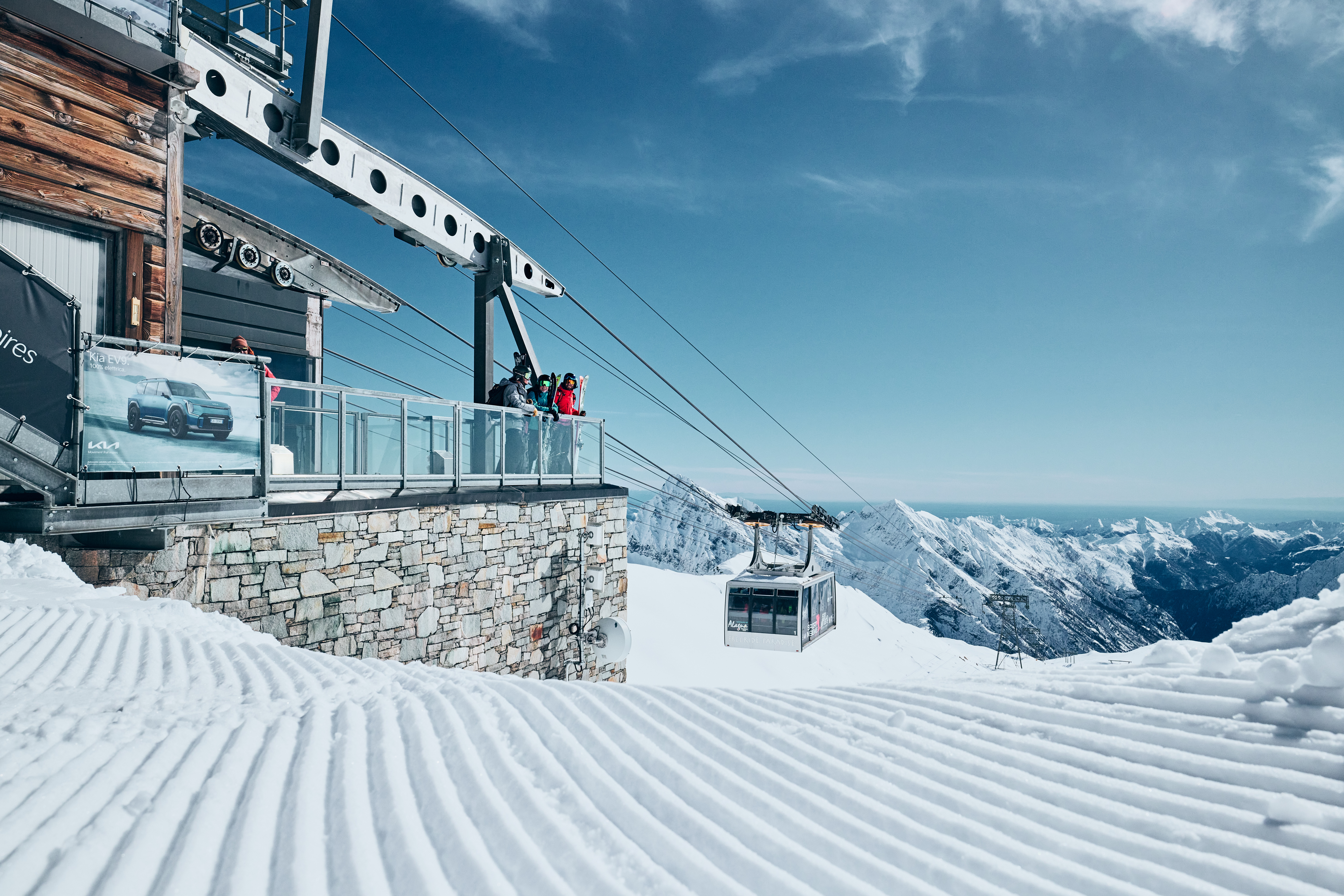Home / Alta Valsesia Natural Park / Park Fauna / The Ibex
The ibex: males have large scimitar-shaped horns that can easily reach a length of up to one meter, while females have much shorter ( up to 30 cm ) and less thicker horns. Its coat undergoes two moults per year. Its summer coat is short and sparse, grey-brown in colour and in autumn the hair thickens, enriching the animal with a very warm down coat called 'BORRA' and becomes dark brown in colour. Its spring moulting is very distinctive because the female scratches constantly to rid itself from its winter coat, which comes off in tufts and can easily be seen on bark, stones and small bush.
Tracks: as with all ungulates, only the hooves of the third and fourth digit strike the ground. It is a formidable climber and its hooves are particularly adapted to life on the cliffs and inaccessible terrains: they have a hard, sharp border and a rather soft, spongy inner part to adhere to the rocks better. Its dung are oval-shaped pellets, brown in colour, and shiny upon excretion. It's about 10-12 mm in length, with a slightly flattened end and are often intertwined.
Its habitat: In summer it prefers high altitudes, even zones higher than 3000mt. In winter it chooses very steep slopes, preferably to the south between 1800 and 2500mt where the snow slides down to the valley because of the gradient leaving the ground uncovered. During spring it migrates towards the lower regions where it avidly searches for fresh new grass. In this period you can find it more frequently in the forests around an altitude of 1400mt.
Its food: It is a herbivore, that feeds more than frequently in the cooler hours of the morning and evening. Often it lies down to ruminate at midday. Its diet is mainly made up of herbaceous plants, and even if less appreciated or out of sheer necessity, it can also feed on lichen, bark and seedlings. During the good seasons, its vegetal consumption ranges between 15-20 kg per day, thus accumulating fat reserves for winter. As with other ungulates, it is greedy for salt and mineral salts in general which it looks for and licks off rocks.
The horns: It has perennial horns which grow in size throughout the years (with a break in winter), on a resistant bony support. The males possess knotty characteristics in the anterior part of the horn casing which is less evident in females. Examining the posterior part one can notice the grooves caused by the annual growth-break during winter, thus making it possible to establish the age of the animal.





